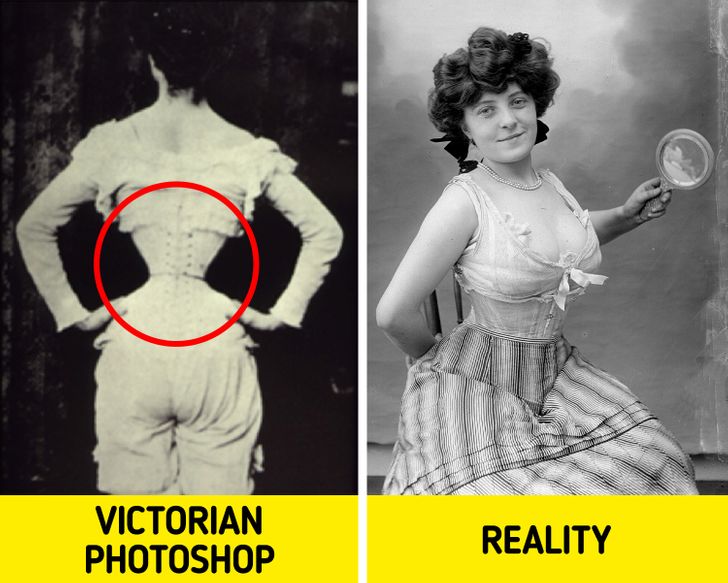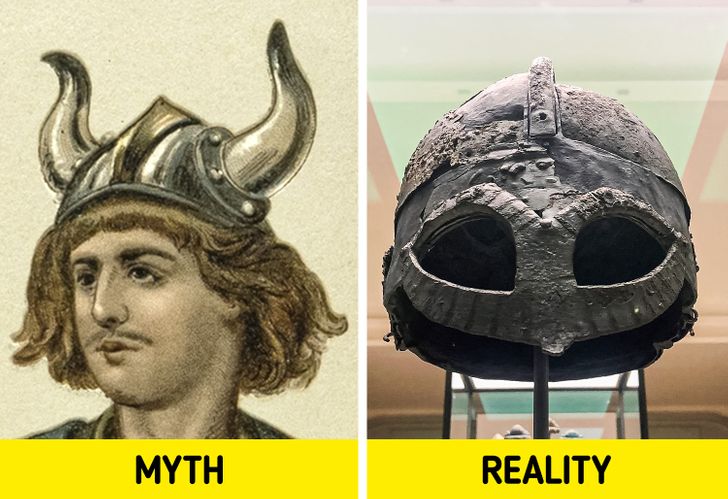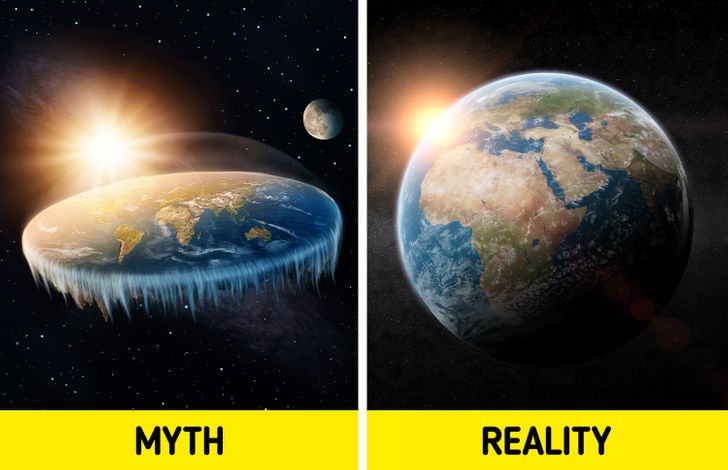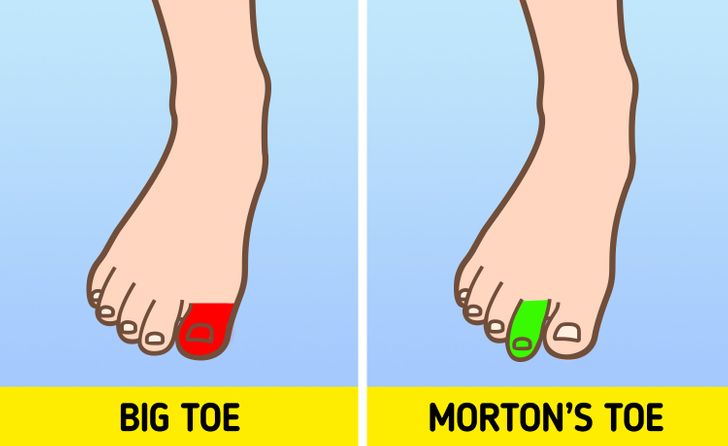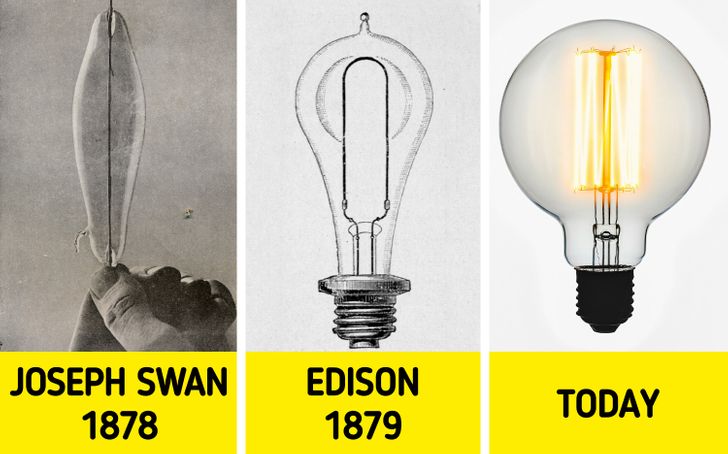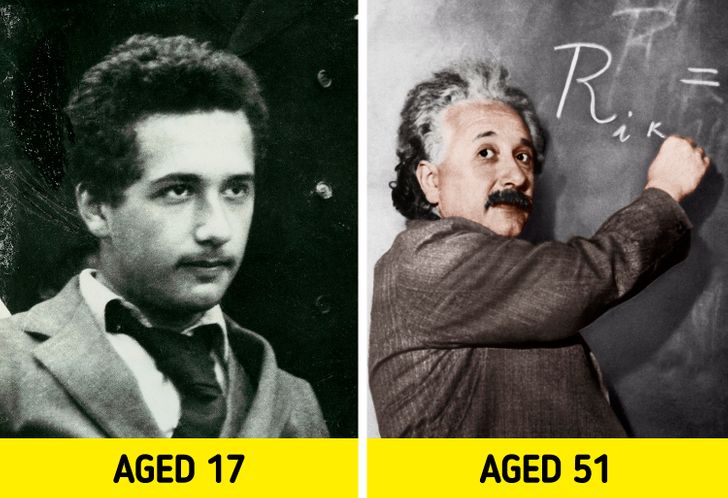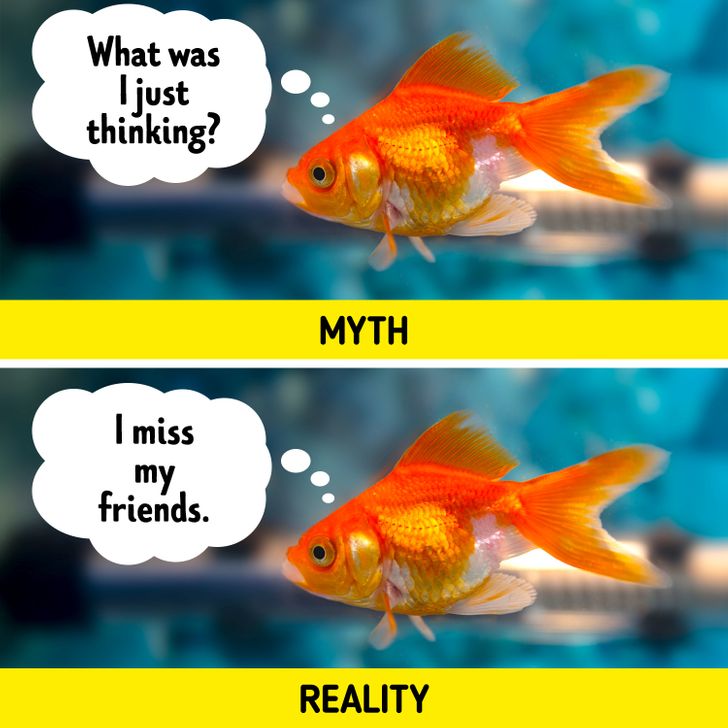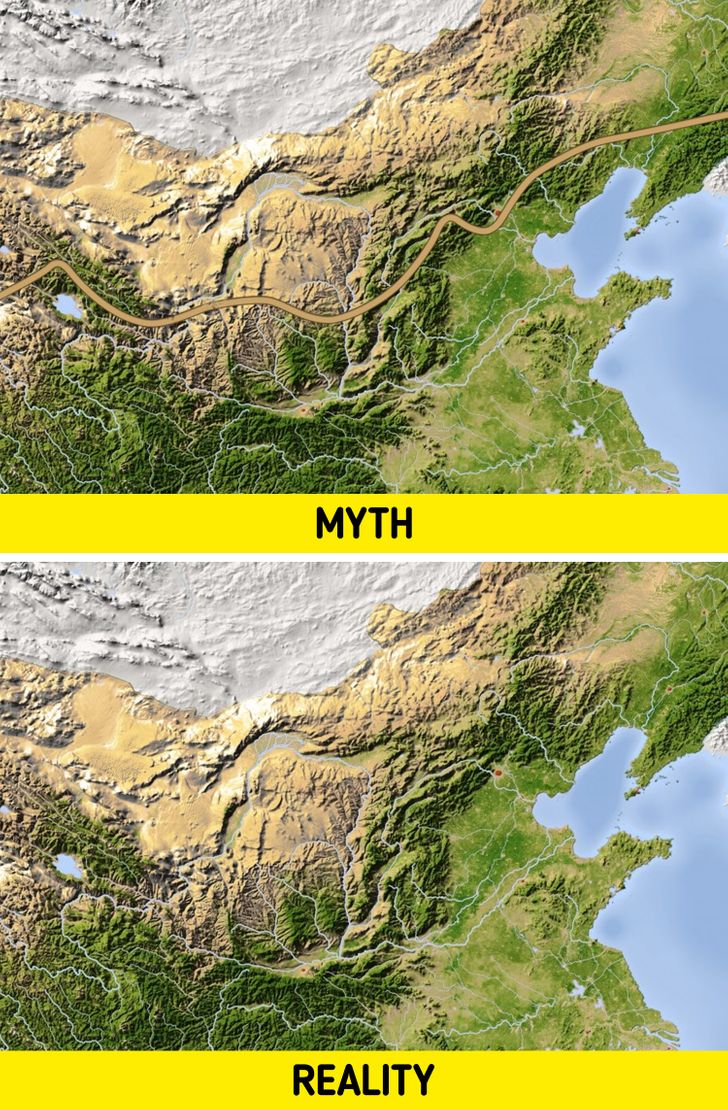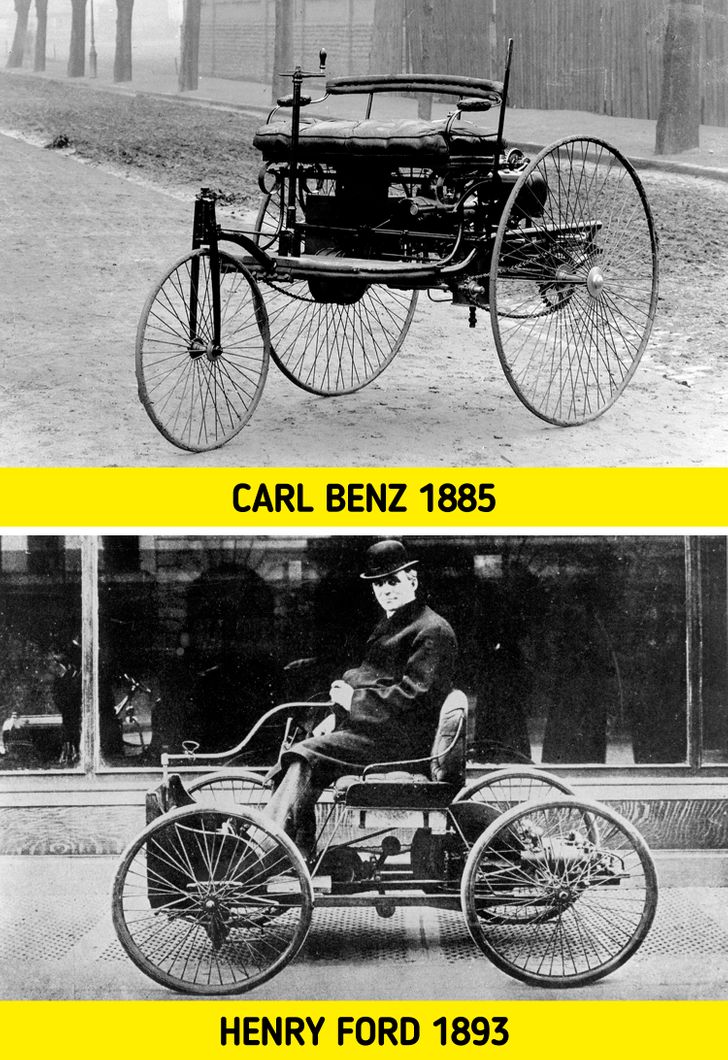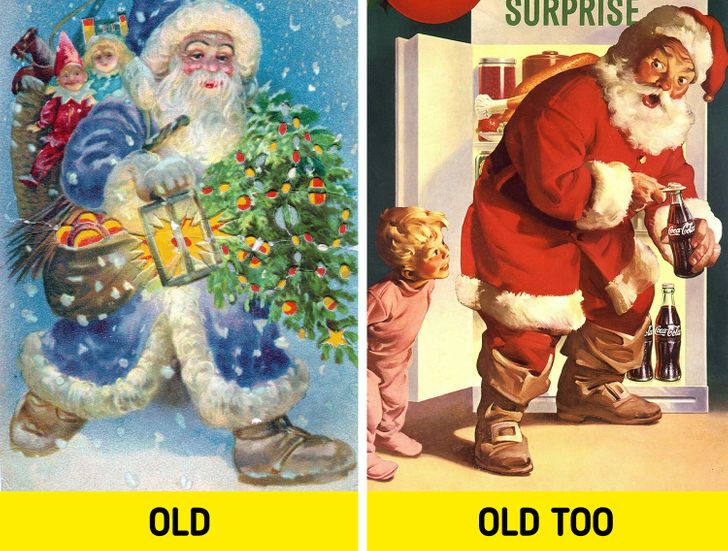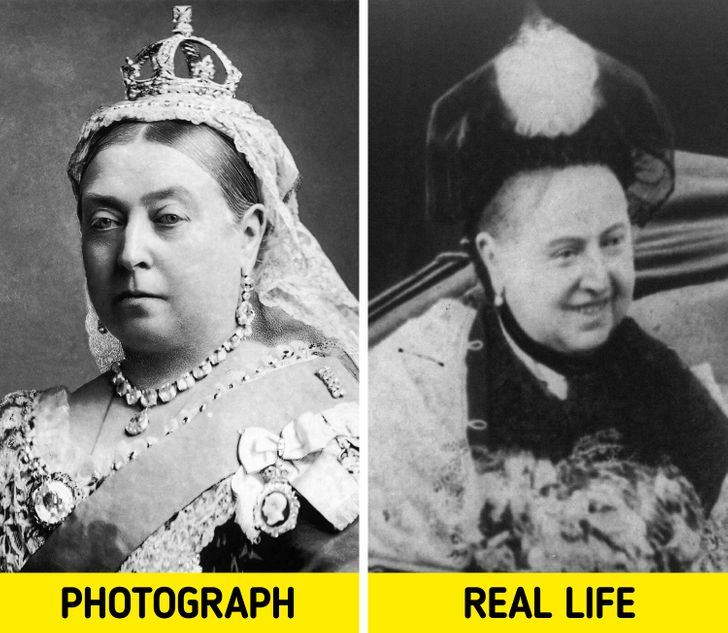this story of Father Christmas reminds me one more time how many times marketeers change the world to the way they want
11 Things That We Still Believe to This Day, Despite the Facts
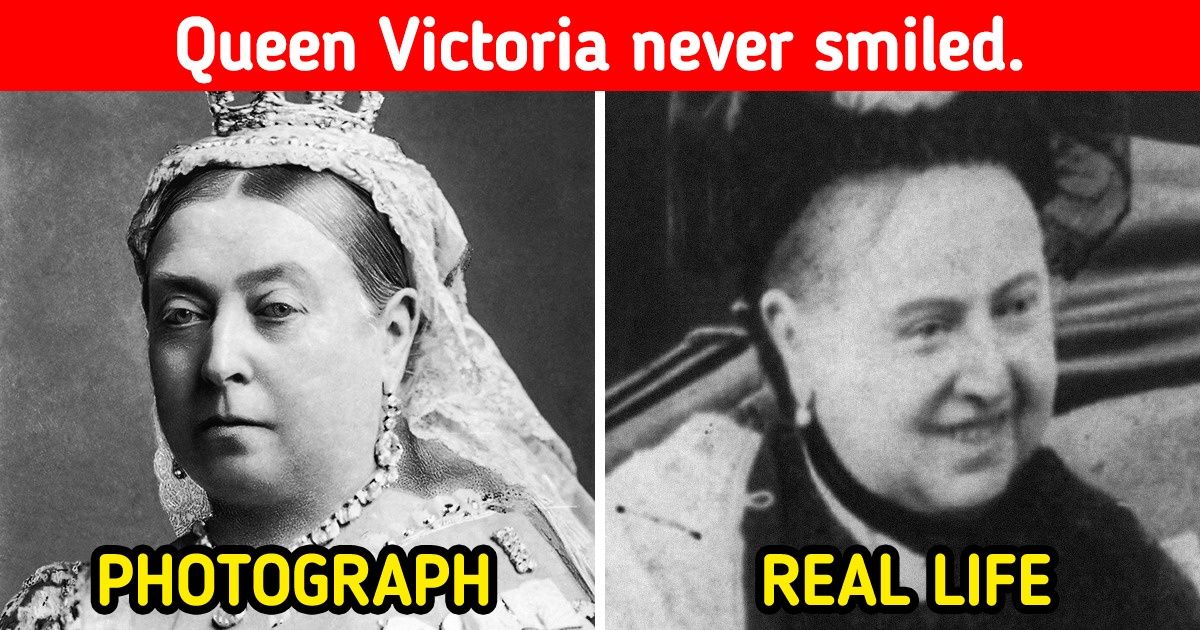
There are countless myths that we have all come to know and believe as facts, from the tallest mountain to historical inaccuracies. If you know where to look, you can easily understand that what we all believe to be true has actually been debunked by the experts. In fact, NASA has even debunked one big myth that the Great Wall of China is visible from space.
At Bright Side, we have debunked some of the most widely believed myths so that you can tell the truth from lies.
1. Corsets always cause severe damage to our bodies.
When we think of corsets, we think of tiny waists, surgically removed ribs, fainting, and shifted organs. However, corsets probably weren’t as bad as we think. Tight-lacing only became a thing in the nineteenth century, and even then, only a few women practiced it. It seems that it was rare for nineteenth-century women to train their waist to be smaller. Instead, they used optical illusions and photo-editing.
In fact, it’s assumed that the movement against corsets was started by men in the nineteenth century, perhaps because so much of the corset industry was dominated by skilled females, from business owners to seamstresses. It’s also important to mention that it was once common for men to wear corsets to flatten their bellies.
2. Vikings wore horned helmets.
As it turns out, the idea that the Vikings wore helmets with animal horns was actually a nineteenth-century invention. This is all because of the costume designer, Carl Emil Doeple, who added the horns to his designs for Wagner’s classic Norse saga, Der Ring des Nibelungen. And it has stuck ever since. By looking at the archaeological evidence, we can see that they wore rounded helmets without any type of horns.
3. Everyone in the Medieval Ages believed Earth was flat.
It’s believed by many that Columbus was advised not to sail to Asia because it was feared that he would drop off the face of the earth. But this isn’t completely true. It seems that the average educated person didn’t believe that Earth was flat at the time, despite what ideas we may have of the Medieval Ages.
Of course, this doesn’t mean that everyone knew of an accurate map of the earth, but perhaps it’s time we dropped this myth. It does seem that people were aware of geography — enough to form the notion that Earth wasn’t flat.
4. Our biggest toe is the big toe.
In fact, this isn’t true for many people, despite what you may think. Some people are actually born with what is known as Morton’s toe, meaning that one of their toes is longer than the others. Morton’s toe might be genetic, so if your parents have it, you could have inherited it from them.
5. Thomas Edison invented the light bulb.
Although we often associate him with the invention of the light bulb, this is not technically true, as several people actually pioneered lightbulbs before him. People like Joseph Swan, Humphrey Davy, and J.W. Starr actually invented the light bulb first. Edison simply improved their designs and made them more practical, which gave us the modern light bulb.
6. Einstein failed math.
This “fact” is used to show people that it’s okay to fail sometimes, but sadly, it’s incorrect. Einstein wasn’t bad at math in school, nor did he fail his math classes. What he did fail was his entrance exam into the Polytechnic Institute of Zürich at age 16, 2 years younger than the accepted age. 2 years later, he passed the exam and began studying at Zürich Polytechnic at the age of 18.
7. Goldfish have a 3-second memory.
This common misconception has been proven wrong, as studies show that they actually have long-term memories, not one that lasts just 3 seconds. It was found that goldfish can learn new behaviors, proving that they have a large enough memory capacity to do so.
8. The Great Wall of China is the only man-made object visible from space.
This is a pretty big myth that has been debunked many times. For starters, NASA has announced that it is not visible from outer space because the wall itself is only about 13-16 feet (4-5 meters) wide. Secondly, there are many other man-made objects that are visible from space, like our city lights, cities, and reservoirs.
9. Henry Ford invented the first modern car.
Despite what we may have learned in school, Carl Benz should be credited with the first modern gasoline-powered automobile, not Henry Ford. In 1885/1886, Karl Benz produced his car, while Henry Ford only created his gasoline car a few years later, around 1893. However, today, Ford is remembered as the pioneer of the first car, but Benz was already producing them before him.
10. Father Christmas wears red robes because of Coca-Cola.
Today, many of us think that Father Christmas (Santa Claus) wears red clothing because of Coca-Cola. However, this couldn’t be further from the truth, since the choice of red goes way back in time. In the 4th century, a Greek bishop used to wear a red suit and bring gifts to the poor. In more recent history, the Dutch figure Sinterklaas, was designed in 1823 by Clement Clarke Moore and he wore red and white.
11. Mount Everest is the tallest mountain on Earth.
The tallest mountain is actually Mouna Kea in Hawaii, which is 33,500 feet (10,210 meters) from its base to its peak. Mount Everest, however, is 8,848 meters, nearly a mile shorter than Mouna Kea. The reason for this confusion is because the base of Mouna Kea is located in the Pacific Ocean, so technically, Mount Everest is the tallest mountain above sea level, but not the tallest on Earth.
Bonus: Queen Victoria never smiled.
Which one of these myths did you find most interesting? What myth have you recently discovered that you think everyone should hear about?
Got some cool photos or stories and want to be featured on Bright Side? Send them all right HERE and right now. Meanwhile, we’re waiting!
Comments
Related Reads
18 People Who Opted for Plastic Surgery to Change Their Look and Improve Their Self-Esteem

14 People Got Into Comical Situations They Just Had to Share

15+ Life Stories That Thriller Scriptwriters Would Sell Their Soul For

17 Unconventional Ideas We Are Not Sure How to Feel About

15 Celebrity Fails That Just Made Them Laugh

8 Movie Mistakes That Are Very Hard to Notice at First

9 Hot Facts About Chile That’ll Bewilder Most Foreigners

15+ Women Share Stories of Their Fight for Their Right to Not Have Children

I Refused to Let My DIL Treat Me as Her Personal Chef—She Wasn’t Ready for My Wake-Up Call

18 Quiet Acts of Kindness That Turned Strangers Into Family

I Refuse to Keep Paying for My Sister’s Lavish Life—I’m Not Her Free ATM

My MIL Mocked Me at My Husband’s Birthday Party—I Gave Her a Brutal Reality Check

